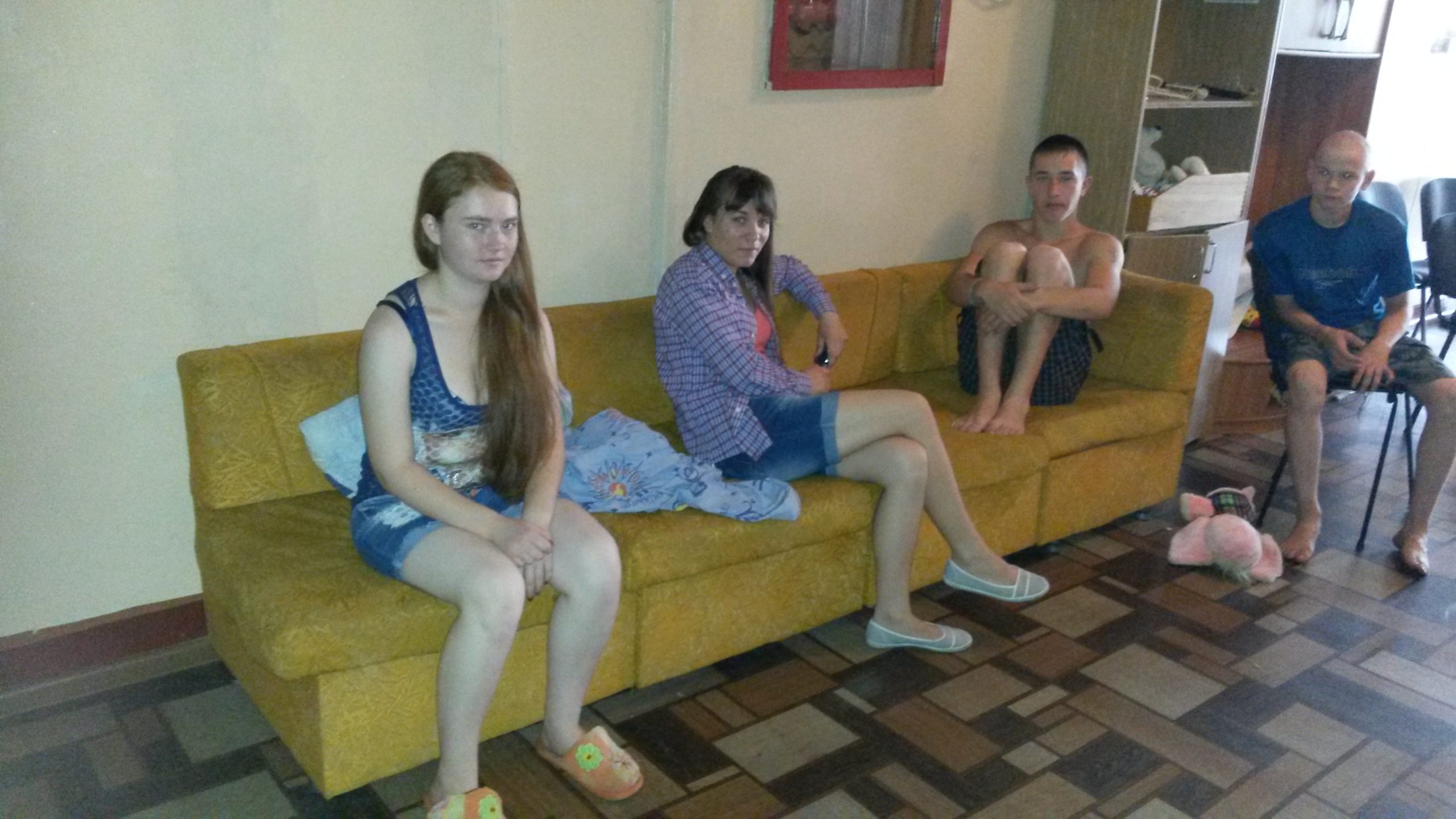RIO DE JANEIRO, BRAZIL – The standard narrative is that the Russians are the bad guys, the Ukrainians the good guys. But the fact that there are gray areas everywhere is lost in the propaganda bluster. A UN report provides an example.
The Ukrainian side repeatedly claims that Russian troops are targeting civilian targets. Moscow then often points out that Ukrainian troops prefer to use civilian objects with “human shields” from which to fire on Russian soldiers.
Read also: Check out our coverage on curated alternative narratives
This accusation keeps getting lost in the tangle of war propaganda because there are hardly any independent investigations into such incidents. Such was the case of an attack on a nursing home in a village in Luhansk oblast on March 11 of this year.

Ukrainian authorities had blamed Russian forces for killing more than 50 civilians, calling it an unprovoked attack.
However, the UN Office of the High Commissioner for Human Rights (OHCHR) report released in late June suggests that Ukrainian soldiers were complicit in the situation.
The report looks at violations of international humanitarian law that the United Nations estimates were committed in the ongoing war between Ukraine and Russia from February 24 to May 15.
According to the report, soldiers of the Ukrainian Armed Forces had entered the nursing home in Stara Krasnianka on March 7 because the location was “of strategic value due to its proximity to an important road.”
The report says that on the morning of March 11, soldiers from Russian groups “attacked the nursing home with heavy weapons while patients and staff were still inside.” At the time, 71 patients with disabilities and 15 staff members, and Ukrainian soldiers, were in the nursing home without access to water or electricity.
“During the fighting, a fire broke out and spread to the nursing home,” states the report on the March 11 attack.
“Some staff and patients fled the nursing home and ran into the forest until they were found five kilometers away by armed groups linked to Russia, which provided them with assistance. According to various reports, at least 22 patients survived the attack, but the exact number of those killed remains unknown.”
Before the attack, in early March, the nursing home’s management had asked local authorities to evacuate residents, according to the report. However, this was reportedly impossible “because Ukrainian forces had mined the surrounding area and blocked the roads.”
A tactic intended to slow the advance of Russian troops but thereby deprived civilians of the opportunity to seek safety from the fighting.
After all, the more civilian casualties there are in this war that can be blamed on Russia, the better for the Ukrainian side in terms of military and financial support from the U.S., EU, and their allies.
OHCHR said it was concerned that both Russian and Ukrainian soldiers conducted military operations near civilians but did not take measures to protect civilians as required by international humanitarian law.
For example, the report states, “OHCHR is also concerned about reports of the use of human shields in an attempt to exploit the presence or movement of civilians or individual civilians to protect specific points or areas from military operations.”
And further, “The use of human shields is expressly prohibited under Article 28 of Geneva Convention IV and Article 51(7) of Additional Protocol I.”
What remains are more and more people falling victim to this inhumane tactic because high civilian casualty rates make themselves look better in the scramble for more financial and military aid.
Not only that, but the longer this war continues, the more civilians are wounded and killed because they are abused as “human shields.”

